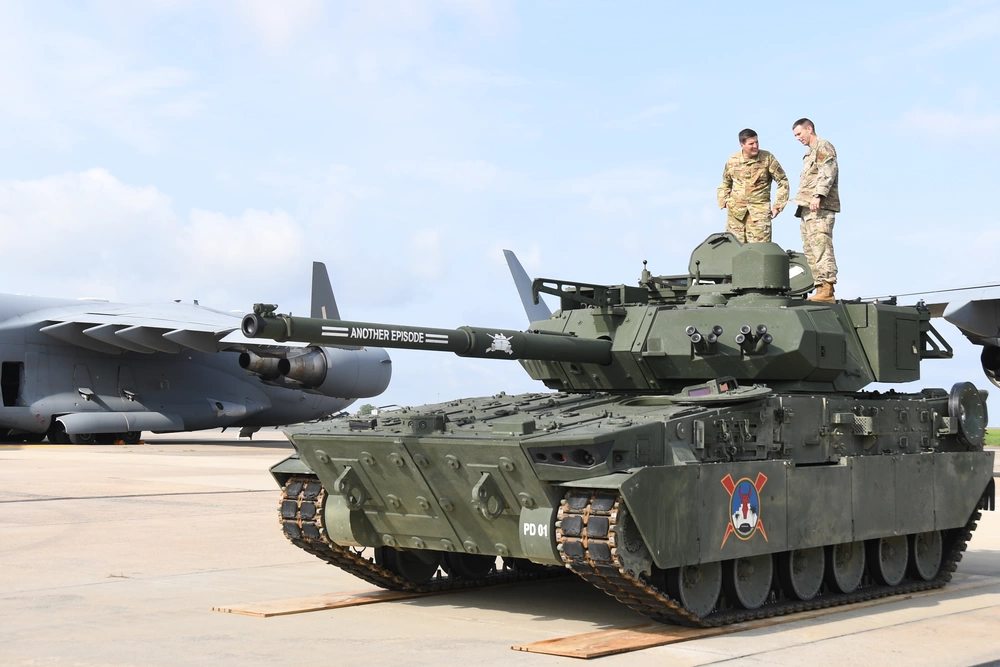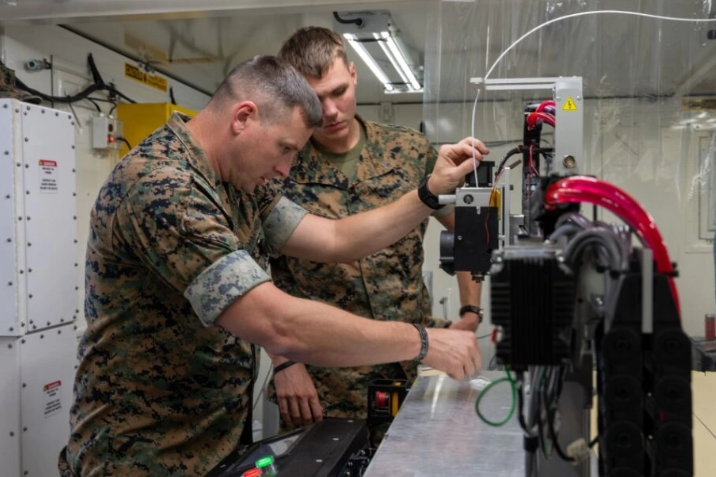US Service Chiefs Lay out Their Vision of a New Approach to Procurement
Speaking at the Council of Foreign Relations on May 20, the US Service Chiefs outlined their vision for the future of defense strategy. A huge part of this vision is taking a new approach to defense procurement.
According to Army Chief of Staff General Randy George, procurement needs to happen faster; systems can’t be assumed to be relevant for decades as they have been in the past. General George explained:
“The big thing is you have to change how you buy things, and we cannot continue to buy the things that we have purchased for many years. It’s a very hard thing to do but we are cancelling what we know are not going to be war-winning capabilities on the battlefield. […] I’m not a fan of when anybody talks about program of record, what that means is you’re going to buy something and keep it forever, and you’re just going to continue to buy it. I think that everything we buy has to be modular, open system architecture, we have to adapt these things. We’re seeing the first brigades that we gave drones to, and the brigade which I just saw last week at our joint readiness training center, they were completely different, the drones were different, they were more capable, they were cheaper, and so, I think we have to buy things differently and […] we can get better value for our money.”

Marine Corps Commandant Eric Smith added to General Randy’s remarks by highlighting the problems resulting from over-reliance on contractors and the failure of old contracts to provide the military with tech data rights.
“We also have to own the tech data rights, because I’m tired of, frankly, when I go to an organization and I procure something, and then I have to go back to them to get their permission to do additive manufacturing and 3D printing for a part. For example, on an F-35, that costs me $50 to print it and its not good for 5,000 hours but its good for 500 hours. I’m printing it out of hard plastic or soft metal, and I know that it’s a rivet, its just a rivet, and that’s what’s keeping an aircraft down, and that aircraft is forward, and so I have to order the part, I have to get the part shipped across the Pacific, I have to link it up with the aircraft, I have to have a maintainer who was already available, already ready to go, when I could have already additive manufactured the part myself if I owned the tech data right. So frankly, I would like us to own our own tech data rights as opposed to paying industry to source the part that I can make myself.”

Admiral James Kilby, representing the US Navy, commented on the changes which need to happen in America’s approach to shipbuilding.
“Virtually, every one of our ship building classes is behind schedule for a number of reasons. So, we’re looking to transition much the way General George talked about, a new view, to produce a hybrid fleet that includes traditional ships as well as unmanned ships, undersea, surface and air vehicles to go do the things we needed to do. We can’t produce the numbers of ships that we need, we can’t afford it either, so that mix is what I’m looking forward to […] It’s probably a different part of our industrial base we can tap into so we won’t compete with the seven yards that produce our ships now or don’t have to anyway so I see great promise.”
The bottom line is that the service chiefs believe the time has come for big changes. Their full discussion, which covers a much wider range of topics, is available here.

